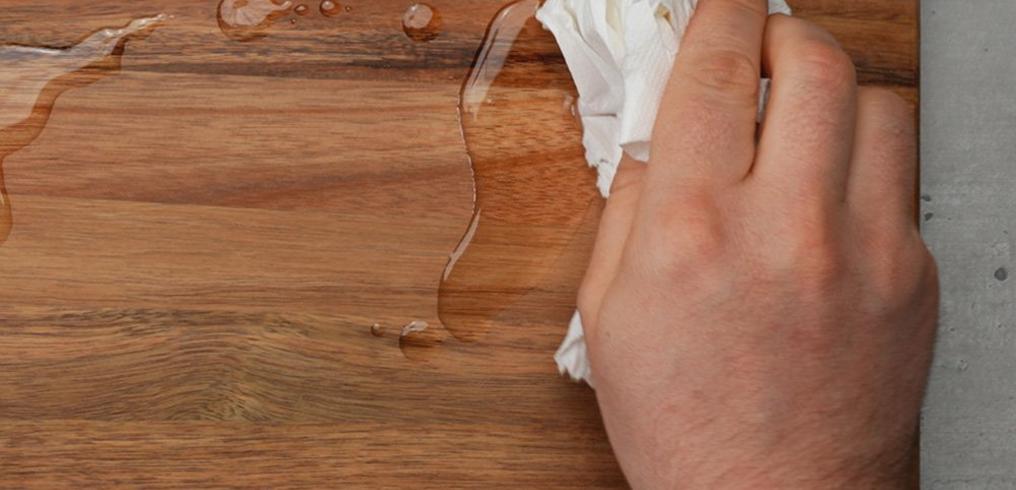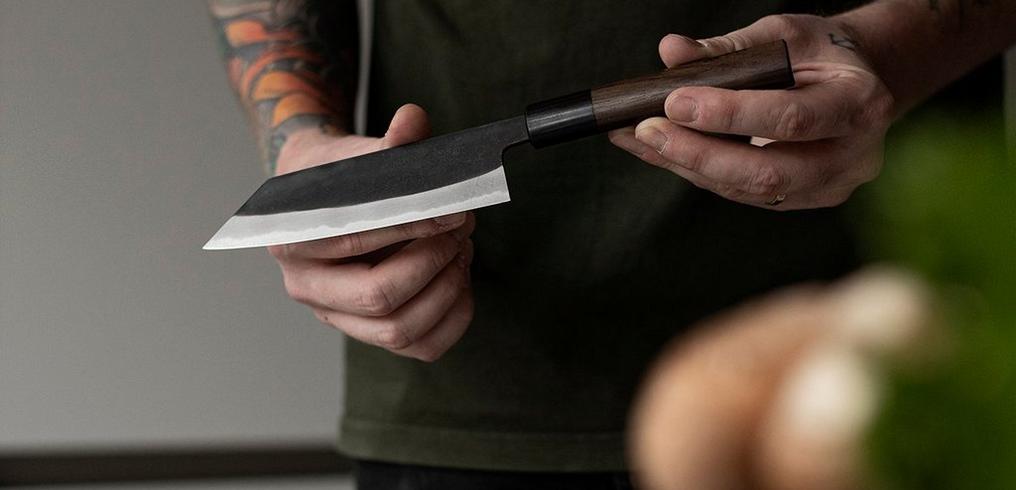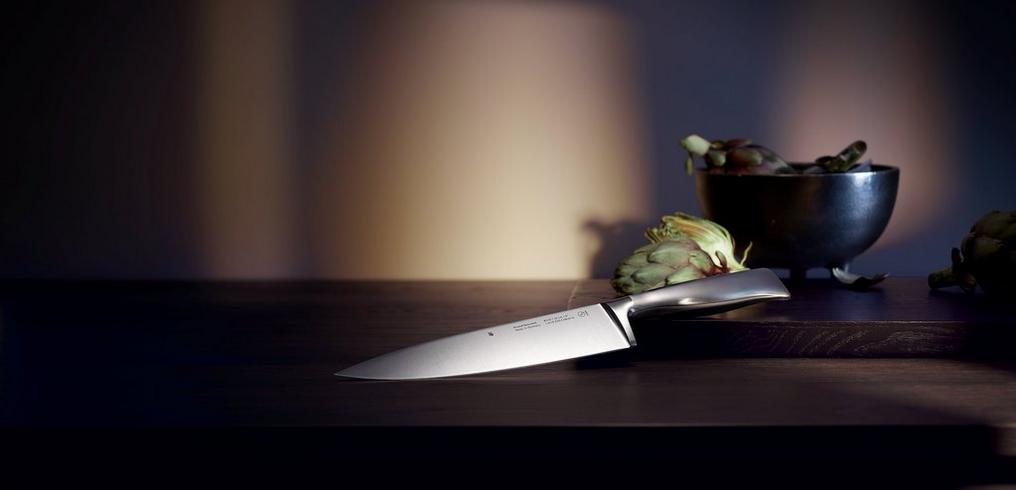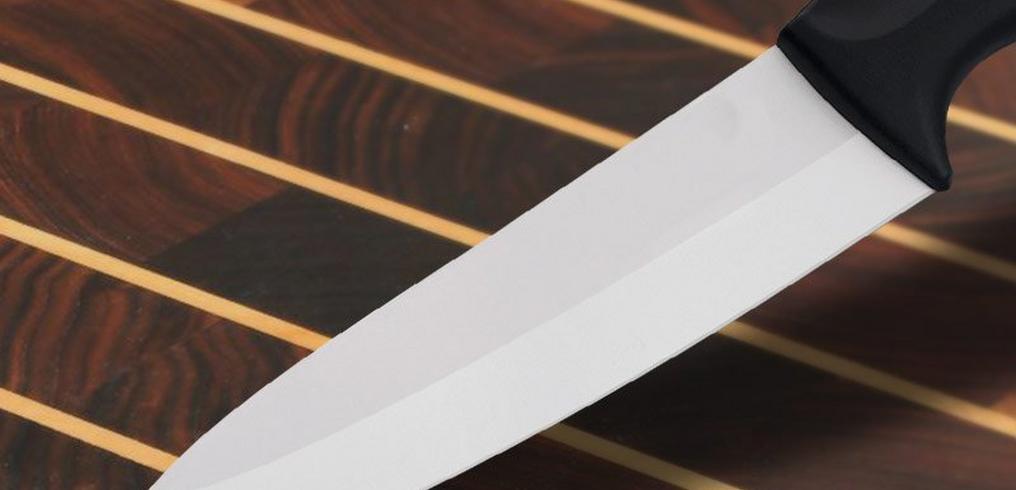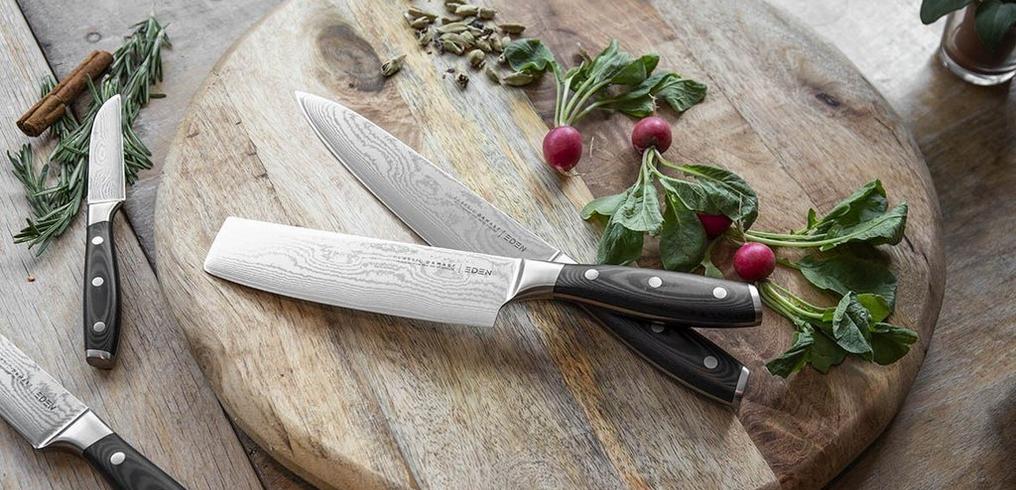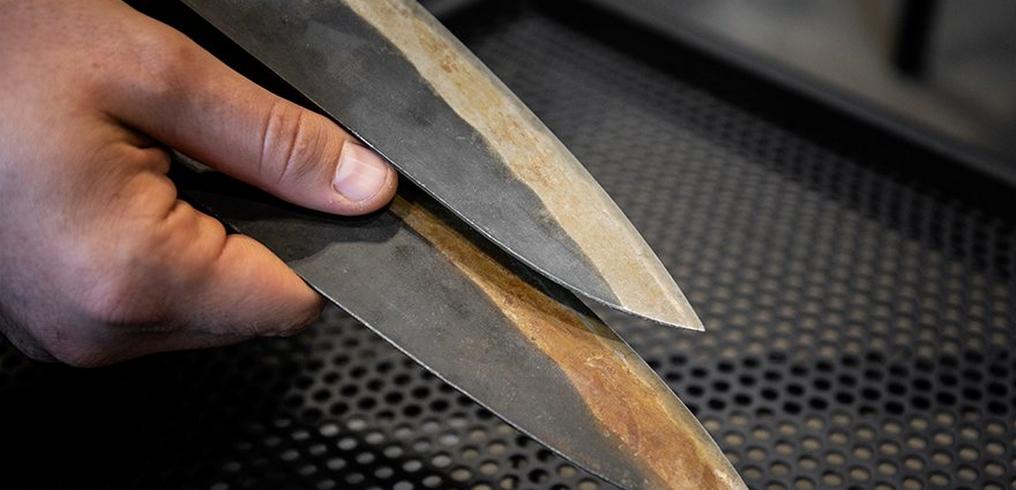Boning knife vs Filleting knife: what are the differences?
A boning knife looks a lot like a filleting knife and vice versa. The names are often also used interchangeably. They are, however, different knives. They differ in terms of blade shape and flexibility. And therefore also in use. We will tell you what the differences are!
Boning knife: to remove the bones
You use a boning knife to process meat from carcasses to ready-to-cook meat. To remove meat from bones, skin from meat and to remove tendons and fat. The blade is rigid and the sharpening angle small. As such the blade is razor-sharp. Often only using the tip is enough to cut through something. It is for a reason all professional butcher's wear protective gloves to prevent injuries.
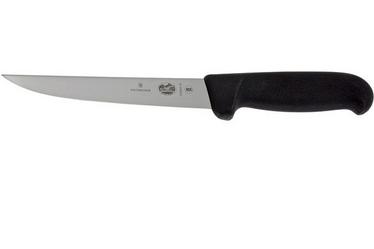
Filleting knife: to thinly slice raw or cooked meat or fish
Filleting knives are very similar to boning knives. A filleting knife, however, is enhanced with a thinner and more flexible blade. Due to the flexibility of the blade it can bend very far to make sure you can easily cut close to the skin or bones. As such the filleting knife can therefore also be used to cut fish. Due to the extra-narrow shape you can easily control the knife. As such you will never remove too much meat! It is the perfect knife when filleting soft types of meat and/or flat fish.

